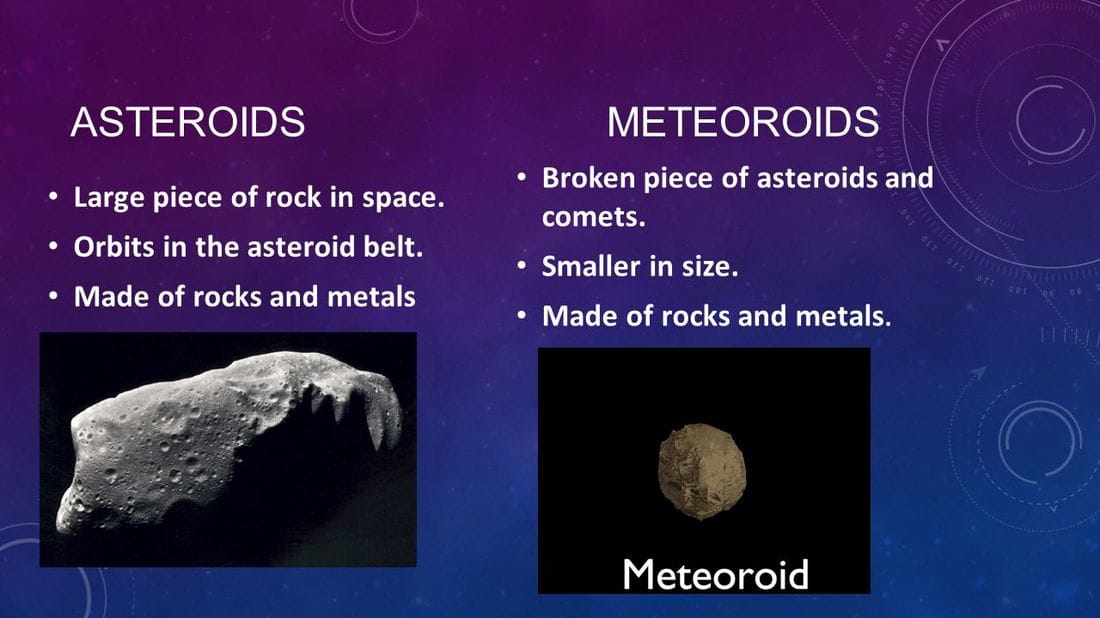

Because meteor showers occur when Earth enters a stream of debris, meteors associated with this shower can all be traced back to the same portion of the sky. A few of the terms are defined below: RadiantĪ radiant is the portion of the sky that the meteors appear to emanate from. See the Annual Meteor Showers article for more information.Īstronomers use a little lingo when discussing meteor showers. But some times of year produce showers (and occasionally even storms) that provide viewers with the best chances of seeing a good show. Meteors can burn up in the atmosphere at any time. Besides stony meteorites, stony-iron and iron meteorites make up the last two types, with stony-iron meteorites being the rarest. Chondrites, which are made of the same dust and debris that formed Earth at the beginning of the solar system 4.5 billion years ago, are much more common than achondrites, which have been geologically processed. Stony meteorites make up about 93 percent of all meteorites found on Earth and they can be further divided into chondrites and achondrites. The majority of meteorites that reach the surface of Earth are stony in nature. There are three different types of meteorites. MeteoriteĪ meteorite is a piece of rock that was large enough to survive its journey through Earth’s atmosphere and land on the surface. MeteoroidĪ meteoroid is the tiny rocky debris when it is in space. MeteorĪ meteor is the streak of light seen as small dust or rocky debris enters the atmosphere. Each word connotes a distinctive phase in the life of a meteor. The terms meteor, meteorite, and meteoroid are not interchangeable. The predictable showers that occur at the same time each year are usually from comets that have shed a trail of debris as they’ve passed through the inner solar system on their trip around the sun. The solar system debris that causes meteors can come from primordial dust, asteroids, comets, or even soil that was dislodged from the moon or Mars. The streaks of light in the night sky are not stars at all, but tiny pieces of rock or dust that burn up in Earth’s atmosphere. Meteors are sometimes poetically or mistakenly called shooting stars or falling stars. Meteors are sudden streaks of light in the sky that can happen during predicted showers or at random. Meteors Facts: Shooting & Falling Stars.


 0 kommentar(er)
0 kommentar(er)
